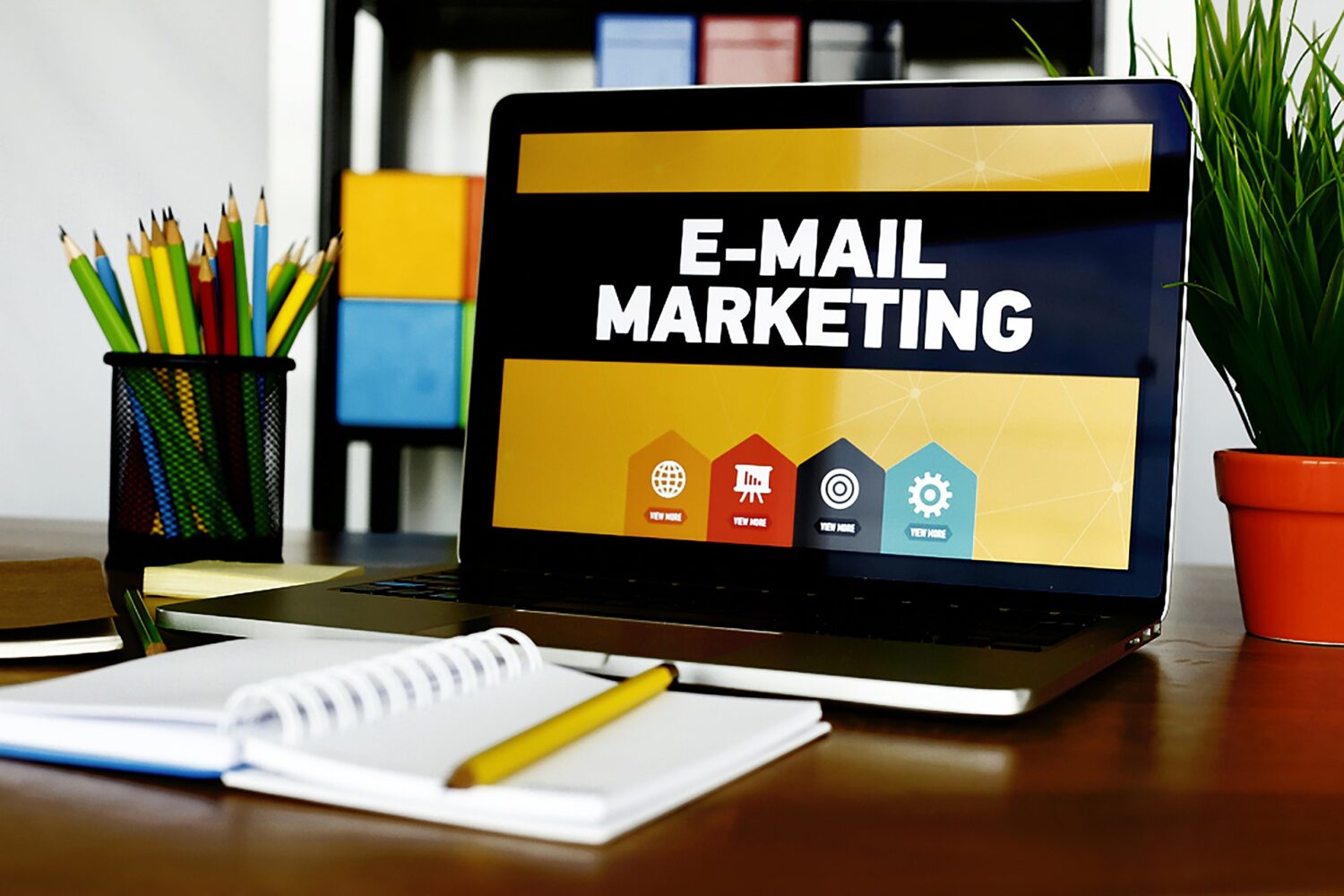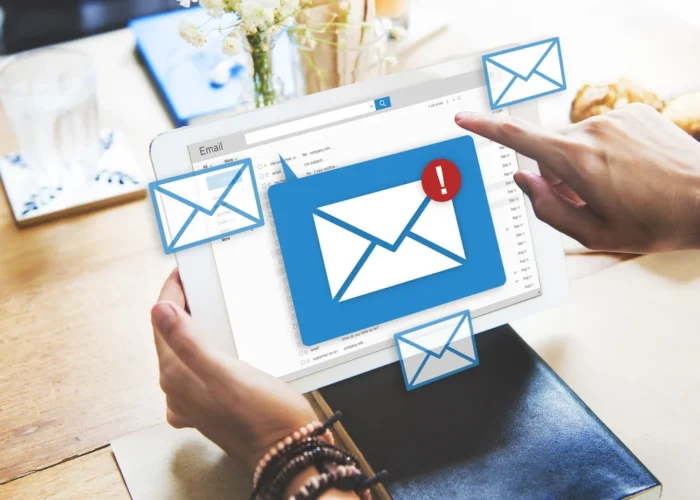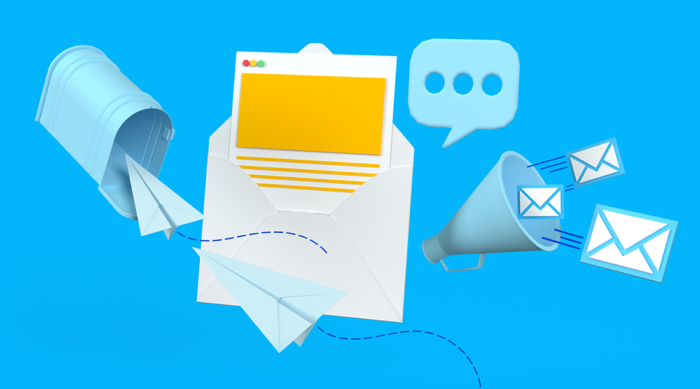
When it comes to email marketing, there’s no one-size-fits-all approach. The key is to tailor your email marketing campaign to the specific needs of your brand and target audience. In this post, we’ll share some tips and tricks from top brands on how to improve your email marketing strategy.
What is Email Marketing?

Email marketing is one of the most effective ways to reach your customers. However, it can be tricky to get started. This blog post is designed to help you get started with email marketing. First, you need a list of your target customers. You can find this information in your customer database or through market research. Once you have a list of your target customers, you need to create an email campaign strategy.
- One common strategy is segmenting your email list. This means dividing your email list into different groups based on characteristics such as geolocation, buying behavior, or interests. This will help you send the right message to the right person at the right time. A b2b email list is also a great way to get your brand message out to a wider audience.
- Another strategy is using content marketing to promote your email campaign. This means creating original content and distributing it through social media channels and email lists. This will help you build trust and loyalty among your target customers.
- Finally, make sure you set up automated systems to track and analyze your email campaigns. This will help you optimize your campaigns and improve engagement rates among your target customers.
Email marketing is a way to reach and engage customers through email communications. It’s an effective way to create a relationship with your customers and build trust. Email marketing can be used for customer retention, lead generation, and even sales. There are many different types of email marketing platforms, but the basics are always the same: you create a list of subscribers, send them relevant emails, and collect data about their behavior.

Here are some tips from some of the world’s top brands on how to get started with email marketing:
1. Start with a plan
Before you start sending out emails, make sure you have a strategy in place. This means knowing what kinds of messages you want to send and when you want to send them. You can also set up automated sequences so that your emails are sent at specific times or based on certain actions (like signing up for a newsletter).
2. Choose the right platform
There are many different email marketing platforms available, but the two most popular are Gmail and Outlook. If you’re starting from scratch, we recommend using MailChimp as it’s very easy to use and has lots of features (including templates!).
3. Plan your content
The content you send out in your emails needs to be interesting and relevant to your audience. You can use keywords in your subject lines and messages, but make sure that the content is still valuable even if people don’t search for those terms.
4. Use images and videos
When it comes to email marketing, multimedia is a big part of the equation. Images and videos help draw attention to your emails and keep people engaged. They can also be used to explain complex concepts or sell products.
5. Set up a landing page
If you want to increase the chances of people converting from your email campaign into actual customers, you need to set up a landing page. A landing page is a specific page on your website that’s designed specifically for converting leads into customers (or donations into organizations). It should have clear instructions on how people can sign up for your email list or buy your product, and it should look professional (so people trust it).
6. Analyze your data regularly
Once you start sending out emails, it’s important to track the data related to your campaigns. This will help you to understand which messages are working best and which ones need to be tweaked. You can also use data analysis to improve your email marketing strategy in the future.
What are the Different Types of Email Marketing Campaigns?

There are three main types of email marketing campaigns:
- Prospecting email campaigns: These campaigns are used to attract new subscribers or customers. They typically include an introductory message and a series of messages that ask the recipient to take action, such as signing up for a newsletter, downloading an ebook, or making a purchase.
- Engagement email campaigns: These campaigns are used to keep subscribers engaged and informed about new content, offers, and updates. They typically include links to blog posts, videos, and other resources that can help customers learn more about your product or service.
- Reminder email campaigns: These campaigns are used to remind subscribers about upcoming events or deadlines. They typically include a link to a calendar event or a notification email template that you can customize to fit your specific needs.
What are the Best Practices for Email Marketing?

- Begin with a compelling subject line. If your email is not interesting or engaging, you’re less likely to open it. Make sure your subject lines are unique, descriptive and capture your customer’s attention.
- Send personal emails. Emails from brands should be personalized and include a human element. This will make customers feel like they’re being communicated with directly and make them more likely to take action (respond, buy, sign up for a newsletter).
- Use images and videos. These elements can help break up text and increase engagement rates. Plus, they can help brands show off their product or service in an engaging way.
- Follow up regularly. It’s important to keep in touch with customers after they’ve received your email and reminded them of the next step (such as a coupon or contest). This will ensure that they remember you and are more likely to take action on what you’ve offered them.
- Use automation tools. These can help you automatically send out emails based on predetermined triggers, such as when a customer interacts with a certain piece of content or makes a purchase. This can help you save time and energy and ensure that your emails are always relevant and engaging.








